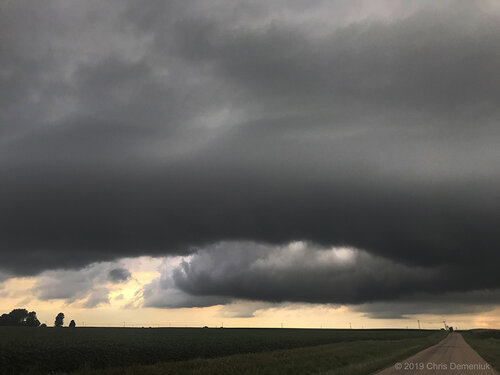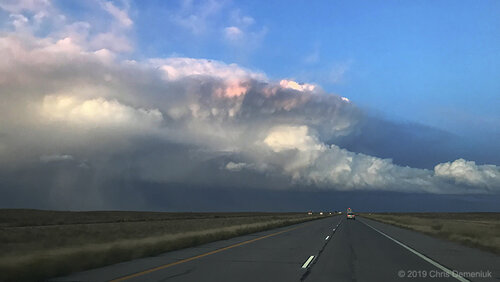Joey Prom
EF1
I would like to discuss the forecast setup for the current day 2 slight risk, but I don't know the right forum/thread to do it in. I am still new to this site and to frocasting, so I am unsure if I should do it in the official Target Area forum. But I really want to learn the inns and outs of forecasting, in order to continue to improve. Please help point me in the right direction, thanks.


